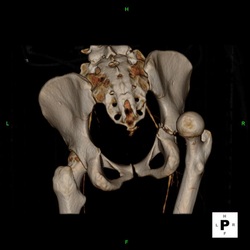 Ouch!! Ouch!! Key ligaments
Fracture Classification - Young-Burgess
Pelvic ring injuries
0 Comments
Your comment will be posted after it is approved.
Leave a Reply. |
Archives
August 2018
Categories
All
|
 RSS Feed
RSS Feed
